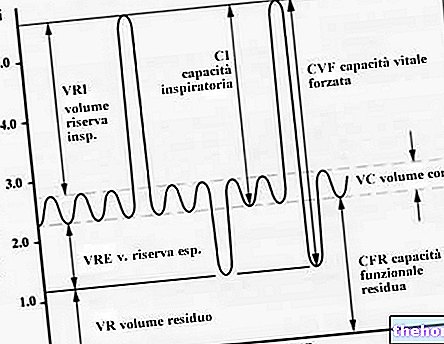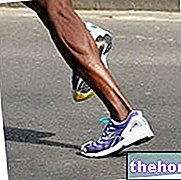The Heart: Notes on Anatomy and Physiology
The heart is a muscle with an average weight of about 350 g in men and 300 g in women. It is located in the center of the chest with the tip or apex pointing forward and to the left.
It is made up of 4 cavities (or chambers), 2 atria and 2 ventricles, respectively atrium and right ventricle, atrium and left ventricle. Right atrium and right ventricle and left atrium and left ventricle are separated respectively by two atrioventricular valves (tricuspid on the right and bicuspid on the left), the two atria are separated from each other by the interatrial septum while the two ventricles are separated by the interventricular septum. The atria form the upper part of the heart and are made up of thinner muscle tissue than the ventricles, which form most of the organ.
The heart works as a pump, receives blood from the periphery, and feeds it first into the lungs and then back into the large circulation.
The passage through the lungs has the purpose of purifying the blood of carbon dioxide and enriching it with oxygen.
The heart, like all other muscles, needs oxygen and nutrients that are supplied by the coronary arteries.
Physiological adaptations of the heart in response to physical activity
The adaptations of the heart in response to physical activity depend on the type of sport practiced. In particular for all cross-country activities (running, walking, cycling, cross-country skiing, etc.) the heart gradually adapts by increasing the volume of its cavities. An increase in the heart cavities allows the heart to produce a greater systolic output (amount of blood that comes out of the left ventricle at the end of each systole), thus increasing the amount of blood available to the tissues.
As for static sports such as weight lifting or bodybuilding, the heart adapts by increasing the thickness of the myocardial walls. In fact, during these sports, the massive contraction of large muscle masses causes the partial occlusion of the blood vessels which leads to an increase in pressure and a greater pressure work on the part of the heart. This sudden rise in pressure is potentially very dangerous for heart patients. hypertensive and diabetic but can be limited by adopting a correct breathing technique.
HEART VOLUME WORK
HEART PRESSURE WORK


.jpg)

























